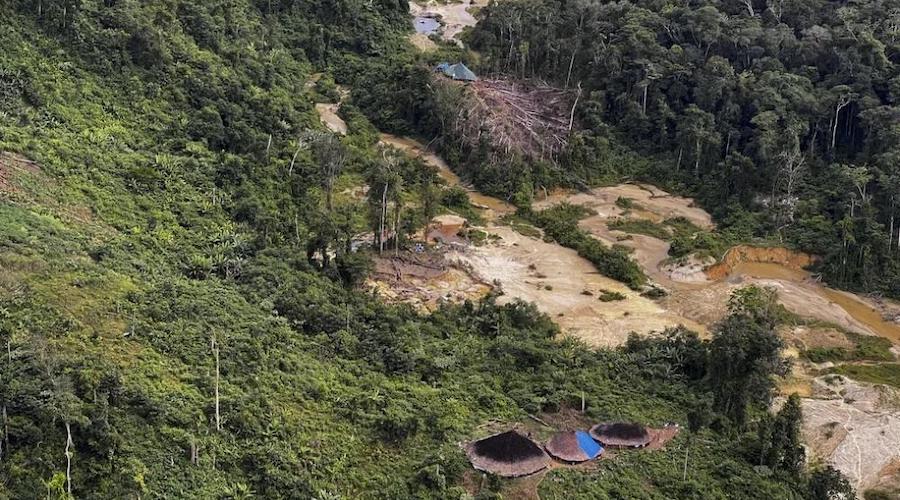Getech, Cozairo join forces to deliver carbon capture solutions to non-oil and gas industrial companies
UK-based Getech, a locator of subsurface resources, and US-based Cozairo, a specialist in carbon capture and storage (CCS), have joined forces with the goal of delivering end-to-end CCS solutions to non-oil and gas CO2 emitters seeking to reduce their carbon...
You've reached your limit of free weekly articles
Keep reading MINING.COM with a TNM NEWS+MARKETS Membership.
TNM Memberships is your key to unlocking access to the best news, insights, and data in the mining industry.
Get Started with a free 45-day Trial ** Credit card required to begin free trial. Your card will be charged 45 days from signup. You will receive an email notification seven (7) days before the free trial period ends.
Already a Member?
Sign inSubscribe for Unlimited Access
Enjoy unlimited News Stories and Specialty Digests, along with Mining and Metal Market insights as part of your NEWS+MARKETS Membership. Or go even deeper with our Global Mining Data platform, TNM Marco Polo, included with your NEWS+DATA Membership.
Explore Full Membership Benefits


